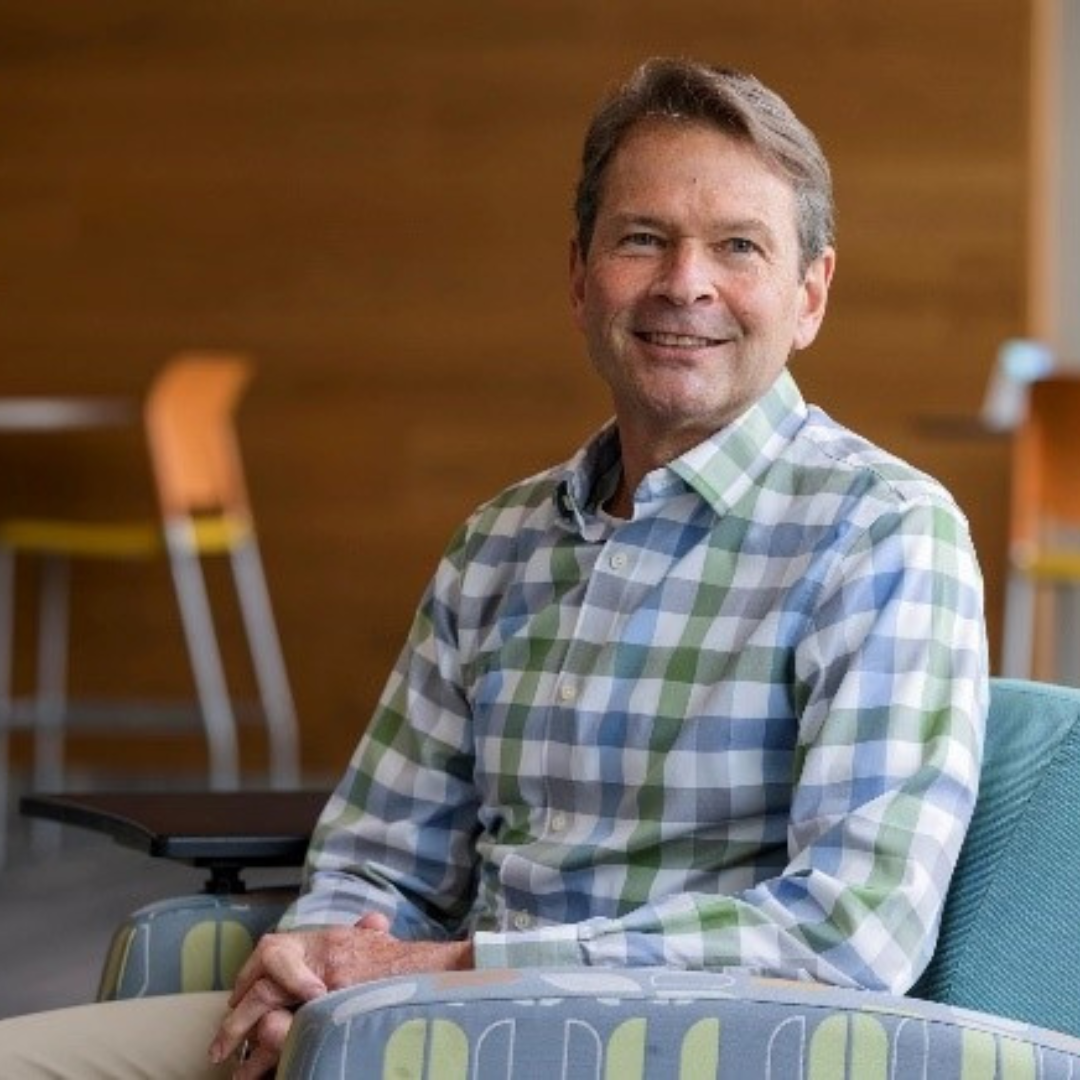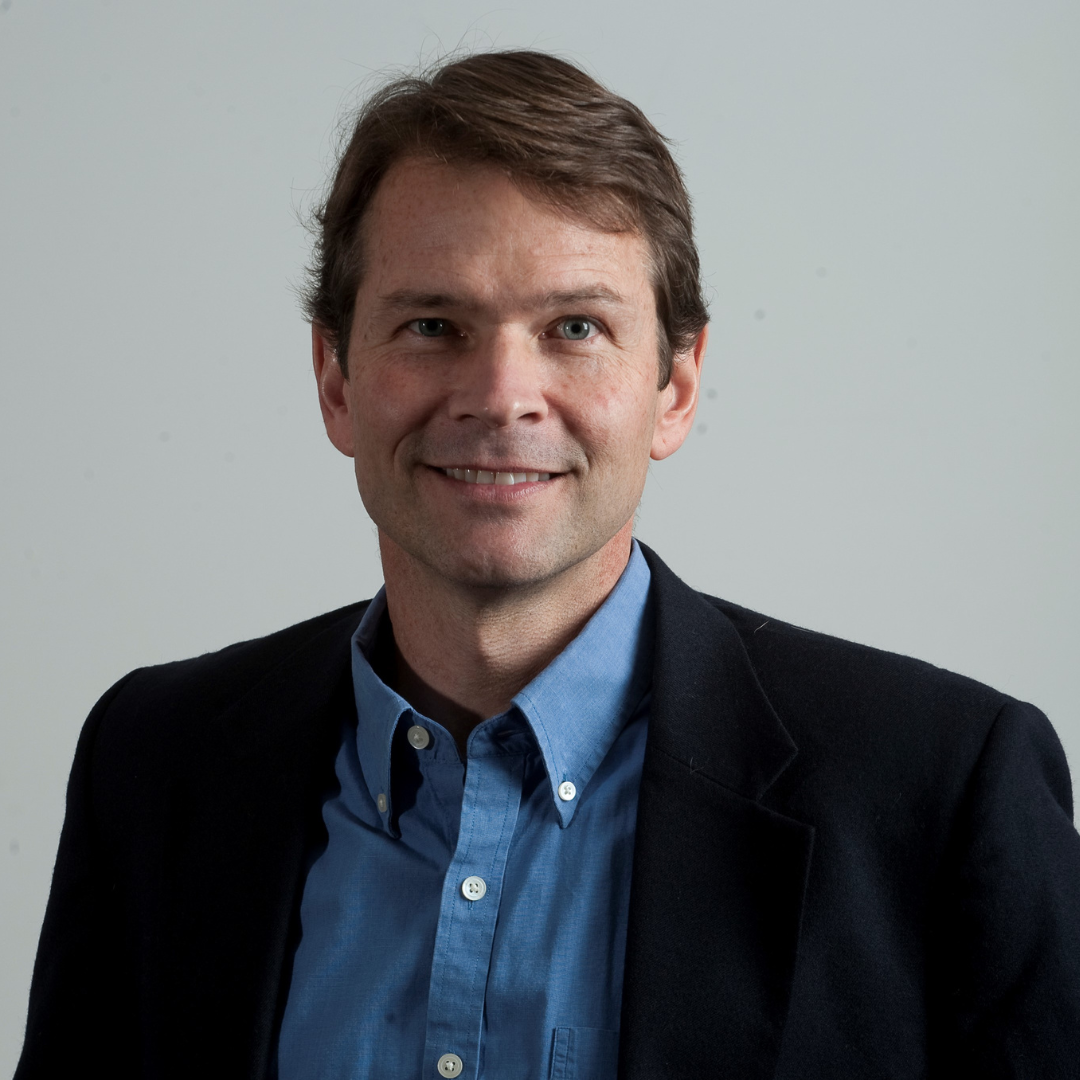Gabriel Filipelli (Science)
Addressing SDGs 3, 6, 11 & 13
Renowned biogeochemist and geologist Gabe Filippelli is a professor of Earth Sciences in the Indiana University Indianapolis School of Science, the Director of the IU Center for Urban Health, and Executive Director of the IU Environmental Resilience Institute. Well known for his work on pollution and climate change, his current research focuses on biogeochemical cycling and the relationship between geochemistry and geologic records of climate change.
Dr. Filippelli also specializes in community and public health, with a particular focus on environmental health. This includes research into nutrient cycling in oceans and on land, studying the distribution and effects of mercury in Indiana’s coal resources, and discovering links between urban lead levels and lead concentration levels is children’s blood. His work directly contributes to the UN SDG 3: Good Health and Wellbeing, SDG 6: Clean Water and Sanitation, SDG 11: Sustainable Cities and Communities, and SDG 13: Climate Action.
Pollution and Human Health: SDGs 3, 6 & 13
Probing the relationship between pollution and human health is a research initiative entitled “Addressing Risks of Lead in Soil and Water”. For this project, Dr. Filippelli, and IU Indianapolis colleagues, partnered with faith organizations to distribute small plastic bottles and bags to residents to collect water and dust samples. The samples were then tested for lead and the results shared with the residents, along with information on how to protect themselves from lead exposure. In mapping lead levels in the sampled communities in Indianapolis, the research generated valuable information for promoting community health.
On a global-scale, Dr. Filippelli has studied environmental pollution and health. In two separate studies, it was discovered that pollution is responsible for a large proportion of overall global heath burdens, and this disproportionately affects low-income nations and marginalized communities. Current detection and mitigation tools are inadequate for pinpointing pollution hotspots, especially in vulnerable geographies and Dr. Filippelli proposes community-based tools and techniques which have proven highly effective in producing tangible results.
Global Distribution of Phosphorous: SDGs 6 & 11
The element phosphorous (P) is a limited natural resource used extensively in fertilizers. Global P is distributed unevenly across the globe with a small region (Morocco and Western Sahara) holding 75% of all global P reserves. In an article published in May 2018, Dr. Filippelli demonstrates the dangers of current global P usage which fails to account for its uneven distribution. To efficiently utilize phosphorous to feed growing populations, Dr. Filippelli considers models that optimize P usage, while pointing out the need for further studies and for verifying the validity of the model’s predictions.
Additional Key Publications:
"Global Distribution of Phosphorus" (paper) - https://doi.org/10.1029/2018GB005923
Climate Change and Life (book) - https://www.elsevier.com/books/climate-change-and-life/filippelli/978-0-12-822568-4
Climate Change and Resilience in Indiana (book) - https://iupress.org/9780253063953/climate-change-and-resilience-in-indiana-and-beyond/
 |
 |
 |

